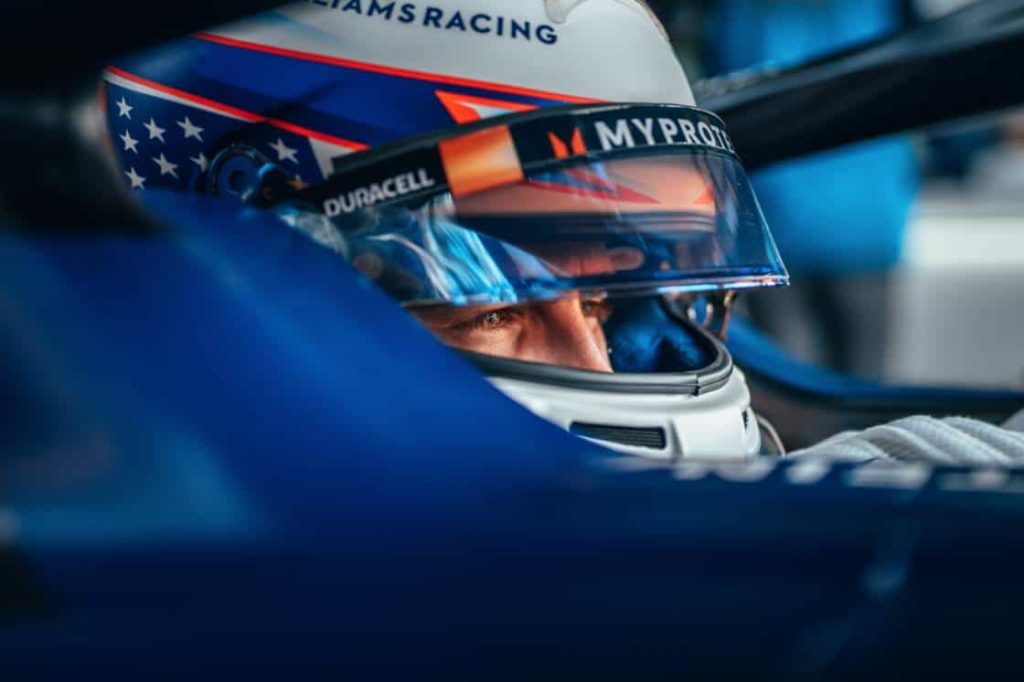This article is published in partnership with an external client. The views and information expressed here do not necessarily represent Frontstretch or its staff.
The Formula 1 United States Grand Prix was held at the Phoenix Street circuit in Arizona for a mere three years before it was discontinued in March 1991.
During its short run, the city welcomed elite drivers like Alain Prost and Ayrton Senna to a temporary track set within downtown, but the race failed to garner the attention or audience expected by organizers.
Attendance figures fell short compared to other circuits, which sometimes saw over 400,000 spectators in a single weekend, and could not compete with the grandstand events in Europe.
Local Sentiment & Impact
When it was announced that Phoenix would lose the Grand Prix, local reactions were mixed. While businesses near the circuit anticipated increased foot traffic from international visitors, the actual turnout did not measure up to expectations.
Though some downtown hotels and restaurants experienced a slight boost during race weekends, many retailers lamented the financial toll caused by disruptions and road closures. Some residents were disheartened by the news, while others viewed it as a completion rather than a setback.
In contrast, Arizona sports betting outlets adapted by allowing fans to place bets on drivers and races while watching live events, maintaining some excitement among local enthusiasts.
Unfriendly Climates
One of the challenges leading to the cancellation of the Formula 1 United States Grand Prix in Phoenix was the searing heat, as events usually took place in June when temperatures often exceeded 100℉.
This unbearable heat deterred fans, many of whom left before the race concluded. While organizers shifted the event to March in 1990 to mitigate the heat, public perceptions had already been negatively affected.
Competing for Attention
Phoenix faced stiff competition for attention from other sports; NASCAR was experiencing a surge in popularity during the late 1980s, with the nearby Phoenix International Raceway already a staple on the NASCAR schedule.
Familiarity with stock car racing did not translate to interest in Formula 1, as many locals viewed the series as foreign and disconnected from their interests. Additionally, the F1 event coincided with the NBA season when the Phoenix Suns were a powerhouse, drawing sell-out crowds mere blocks from the street circuit.
F1’s Ambitions Are Global
Formula 1 leaders considered the U.S. an important market for global expansion, but the failed experiment in Phoenix highlighted the difficulty in capturing American interest amidst numerous competing events.
Despite the city’s broad streets and infrastructural promise, empty grandstands became a common image that tarnished the F1 brand. Bernie Ecclestone, the then-director of F1 commercial rights, sought to relocate the series to venues that generated more favorable headlines.
The Phoenix Aftermath
After F1’s departure, Phoenix remained active in the motorsports world, with NASCAR thriving and IndyCar holding events that continue to draw large crowds. There are even rumors of a potential doubleheader at Phoenix Raceway next year, but the street circuit has effectively vanished from memory.
The roads that once hosted legendary drivers like Prost and Senna are now daily commutes for residents. While F1 fans recall the brief period fondly, many locals hardly remember the event exist. Some nostalgic residents cherish the opportunity to have witnessed an F1 race in person, while others resent the inconveniences caused by traffic disruptions.
This duality paints the story of why the Phoenix street circuit ultimately failed.
Conclusion
The F1 United States Grand Prix at the Phoenix Street Circuit was undoubtedly an ambitious endeavor, yet it never found solid ground. The extreme heat, low attendance, and fierce competition from other sports spelled its demise, despite the global allure of Formula 1.
As locals experienced mixed feelings upon the race’s discontinuation in 1991, it serves as both a cautionary tale and a learning opportunity for future efforts in the U.S. market.



